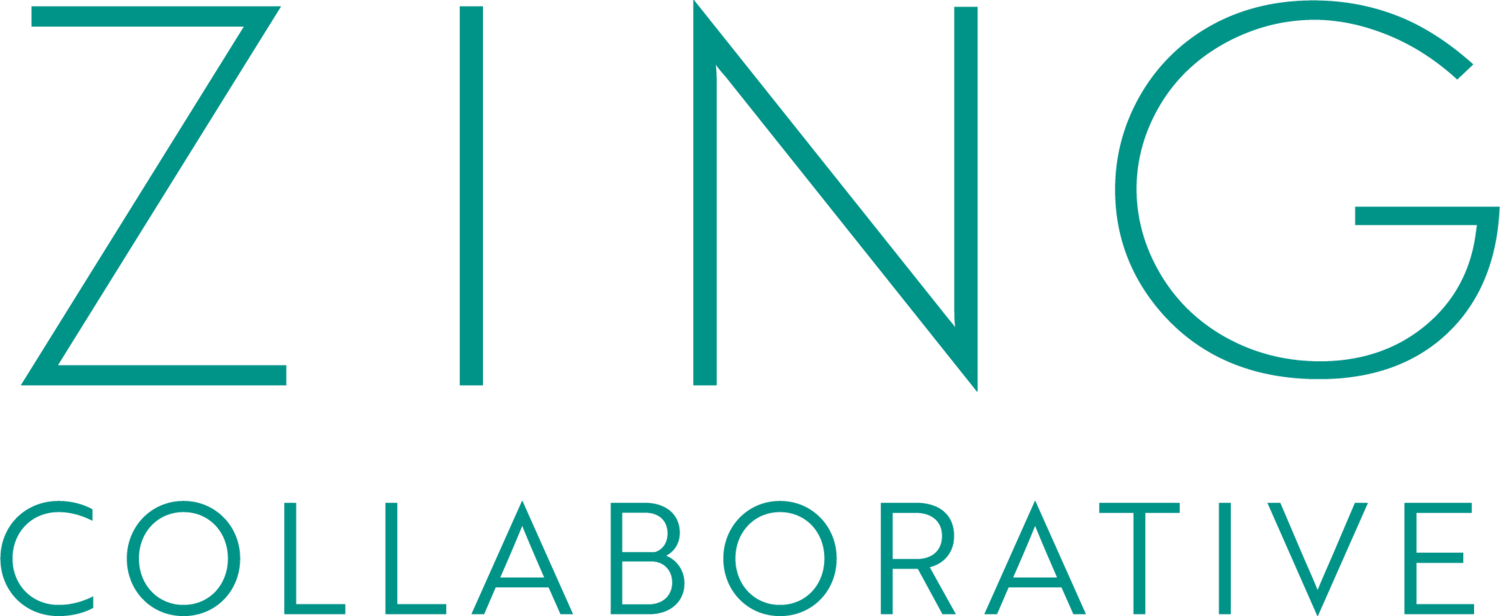INSTEAD OF ASSUMING POSITIVE INTENT, TRY HOLDING NEUTRAL.
THE PROBLEM WITH ASSUMING POSITIVE INTENT
We hear a lot about “assuming positive intent.”
It is written into values statements within organizations, and we hear it discussed at team off-sites as a ground rule.
There is nothing inherently wrong with assuming positive intent.
I’ve found that it works well in many cases.
And, it has some problems.
The thing is: not everyone has positive intent.
“Assuming positive intent” enables us to overlook warning signs, red flags, or bad behavior (“They didn’t meant to —it was positive intent!”). It also might lead us to avoid having a conversation that really needs to happen.
Instead of “assuming positive intent,” I recommend “holding neutral.”
This means that we don’t immediately judge things as good or bad, but instead, we hold them as neutral.
Then, we work with facts, data, and information to make a decision and move forward.
A PRACTICE TO TRY
Over the years, the most challenging situations that I’ve found myself in both personally and professionally have been a result of assuming positive intent and ignoring warning signs along the way.
As a result, I’ve shifted toward trying to hold neutral, rather than automatically assuming positive intent.
As you can see here, occasionally I forget.
But, as with most things, it’s a practice.
What do you think about the idea of “holding neutral” rather than automatically assuming positive intent in every situation?
Thanks for reading.
Related:

